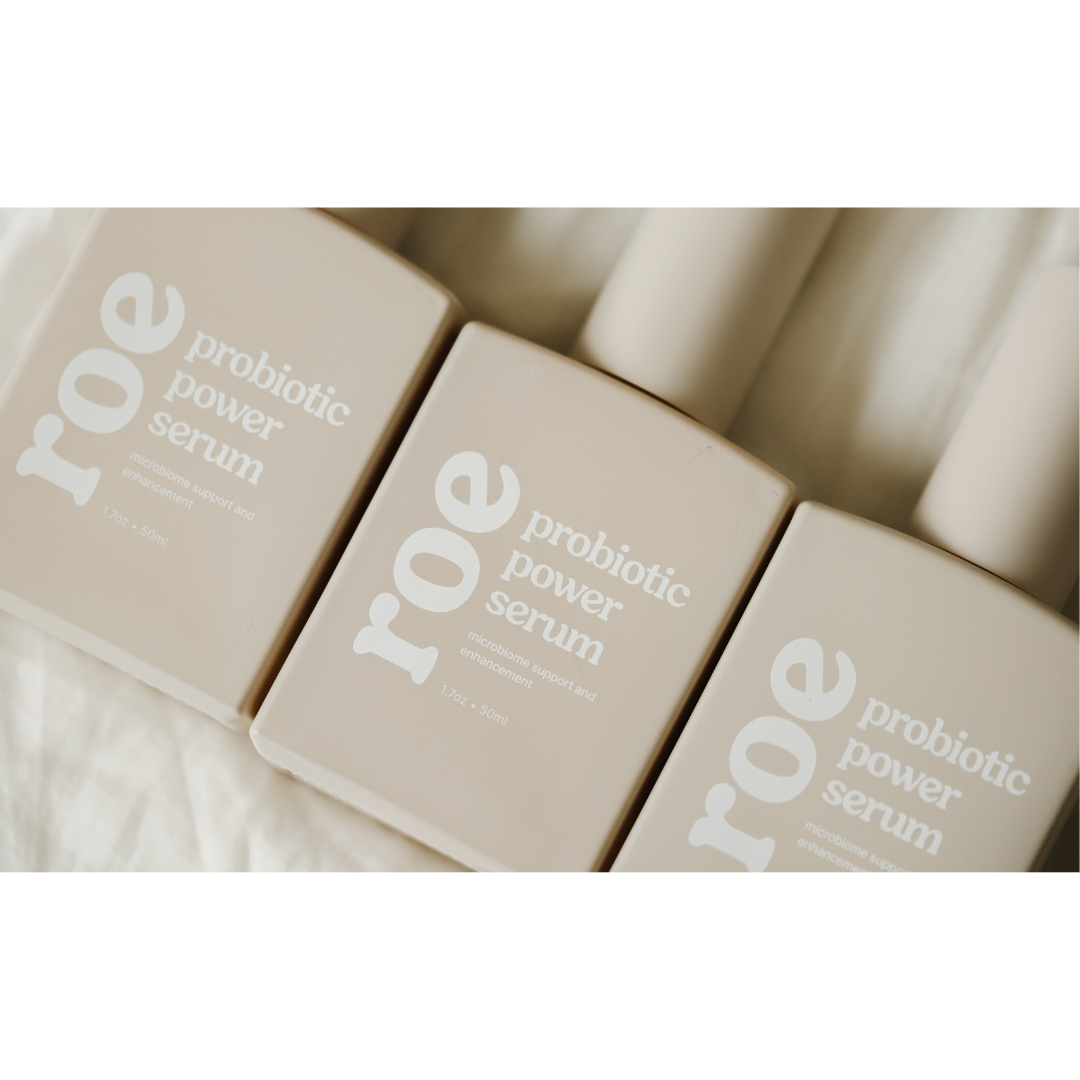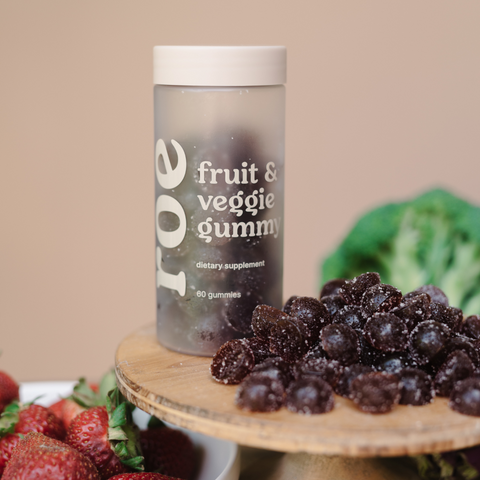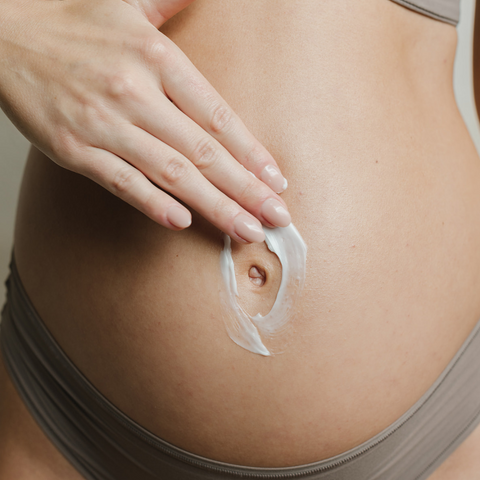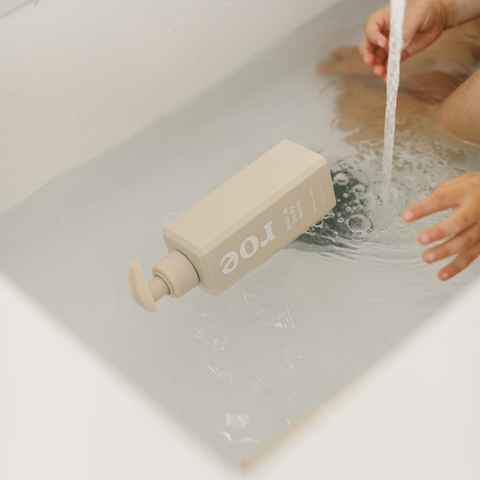Healthy skin is linked to a healthy gut microbiome
When you put something on your skin, think about it as carefully as you would food. Probiotics are living organisms (usually bacteria) that help keep your gut healthy.¹ Bacteria are a diverse group of organisms, but two types that have been studied extensively are Lactobacillus and Bifidobacterium. Lactobacillus are a colony of lactic acid bacteria containing beneficial supplements, which are rich in carbohydrates.² This form of good bacteria is found in fermented foods. Bifidobacterium organize themselves in the gastrointestinal tract and settle the gut’s inflammation.³ These bacteria live in our digestive systems as well as on our skin, where they form colonies called microbiomes.⁴

Human skin holds an ecosystem of microorganisms known as the microbiome
Some probiotic skincare products are designed to replenish, feed and strengthen your skin's microbiome. When used topically, probiotic skincare products can contribute to the health and radiance of your skin.
How Probiotics benefit the skin
The skin is more than just a layer of cells. It's a busy metropolis of hormones, sweat glands, and bacteria. Probiotics play a significant role in keeping the microbiome balanced.⁵ By stabilizing the microbiome, you can help:
- Protect your skin from environmental damage.
- Hydrate your skin.
- Avoid factors that cause your skin to become irritated.
- Restore visibly flaky or in other ways uncomfortable-looking skin.
- Replenish your skin's pH balance.

Probiotics don't work by themselves
Prebiotics can be a great addition to probiotics. Prebiotics help good bacteria grow and multiply, so they can do their job more effectively.⁶ To get the best results from any probiotic skincare product, look for one that contains both prebiotics and probiotics.
There are many probiotics that can be used for acne and other skin conditions, but it's impossible to determine which one is best because no two people have the same microbiome. Rather than seeking out a single product, try to develop a skin care regimen that contains a mix of pre-, pro-, and postbiotics. Note that very few probiotic skincare products contain living microorganisms. Adding these ingredients would make the formula less effective because the preservative system is necessary to protect your skin and our product. A safe alternative is to use non-living but still healthy probiotic ingredients called "lysates" or "ferments." ⁷
- Probiotic skincare ingredients include Lactobacillus, Bifidobacterium, Vitreoscilla, and various ferments.
- For sources of prebiotics, look for ingredients such as xylitol, rhamnose, glucomannan, and oligosaccharides.⁸
- For postbiotic compatible ingredients seek after hyaluronic acid, peptides, and ceramides.⁹
- Lysate ingredients are also beneficial to probiotic skincare. As byproduct of probiotics, lysates work in tandem to help reinforce the skin's microbiome and diminish skin issues.¹⁰

With all of this information and advice, the bottom line is that the correct formulary techniques are essential to your probiotic skincare. For best results, look for a diverse combination of "biotic" ingredients since they are convenient for all skin types. Most importantly, take care of the inside and outside of your body, for both you and your little one!
Sources:
1-Bloemendaal, Mirjam et al. “Probiotics-induced changes in gut microbial composition and its effects on cognitive performance after stress: exploratory analyses.” Translational psychiatry vol. 11,1 300. 20 May. 2021, doi:10.1038/s41398-021-01404-9
2-Tannock, Gerald W. “A special fondness for lactobacilli.” Applied and environmental microbiology vol. 70,6 (2004): 3189-94. doi:10.1128/AEM.70.6.3189-3194.2004
3-Xiao, Yue et al. “Mining genome traits that determine the different gut colonization potential of Lactobacillus and Bifidobacterium species.” Microbial genomics vol. 7,6 (2021): 000581. doi:10.1099/mgen.0.000581
4-O'Callaghan, Amy, and Douwe van Sinderen. “Bifidobacteria and Their Role as Members of the Human Gut Microbiota.” Frontiers in microbiology vol. 7 925. 15 Jun. 2016, doi:10.3389/fmicb.2016.00925
5- Harris, Tamia A et al. “Resistin-like Molecule α Provides Vitamin-A-Dependent Antimicrobial Protection in the Skin.” Cell host & microbe vol. 25,6 (2019): 777-788.e8. doi:10.1016/j.chom.2019.04.004
6- Brosseau, Carole et al. “Prebiotics: Mechanisms and Preventive Effects in Allergy.” Nutrients vol. 11,8 1841. 8 Aug. 2019, doi:10.3390/nu11081841
7-Puebla-Barragan, Scarlett, and Gregor Reid. “Probiotics in Cosmetic and Personal Care Products: Trends and Challenges.” Molecules (Basel, Switzerland) vol. 26,5 1249. 26 Feb. 2021, doi:10.3390/molecules26051249
8-Kelleher, Maeve M et al. “Skin care interventions in infants for preventing eczema and food allergy.” The Cochrane database of systematic reviews vol. 2,2 CD013534. 5 Feb. 2021, doi:10.1002/14651858.CD013534.pub2
9-Ganceviciene, Ruta et al. “Skin anti-aging strategies.” Dermato-endocrinology vol. 4,3 (2012): 308-19. doi:10.4161/derm.22804
10-Pistone, Dario et al. “A Journey on the Skin Microbiome: Pitfalls and Opportunities.” International journal of molecular sciences vol. 22,18 9846. 12 Sep. 2021, doi:10.3390/ijms22189846







